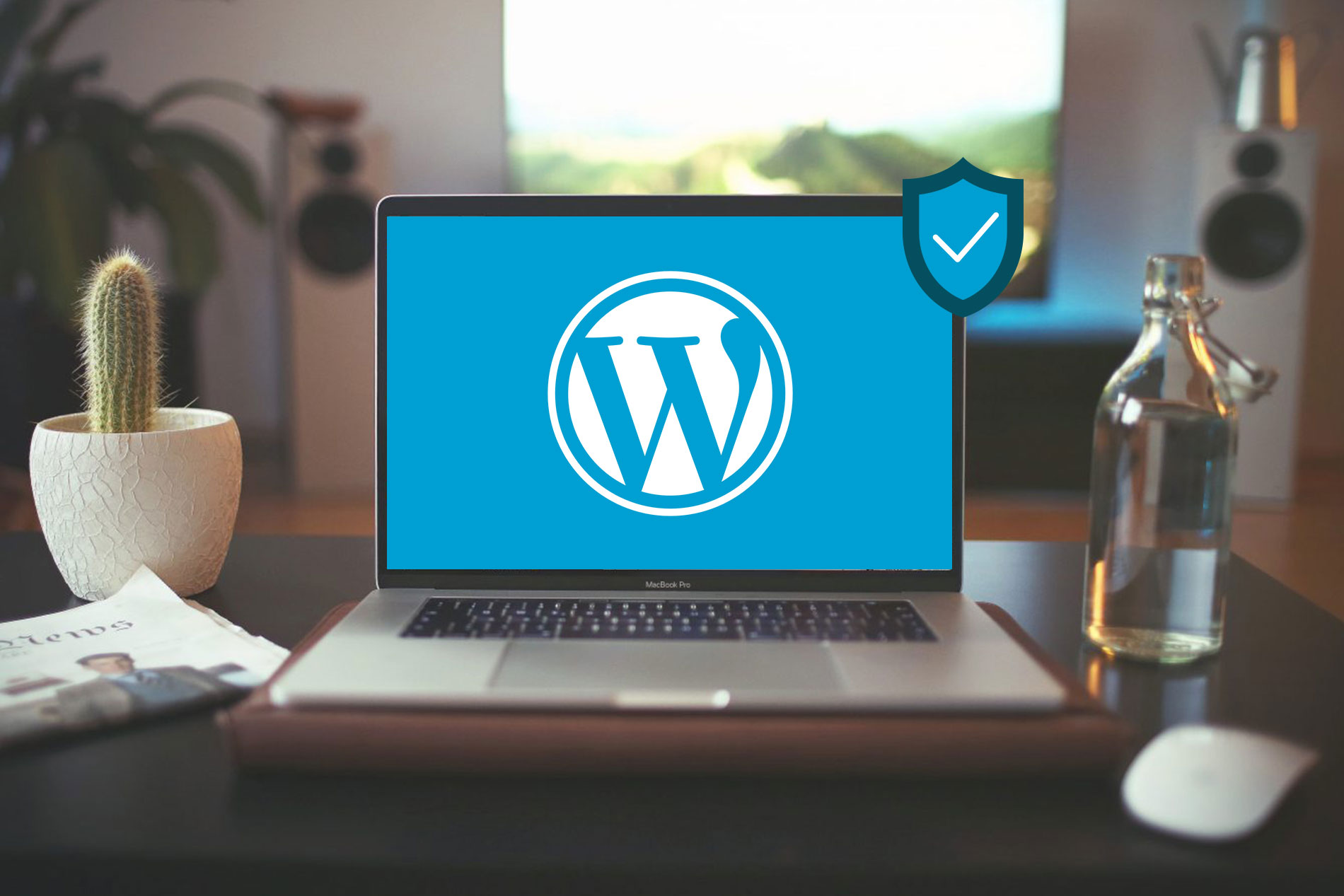Protection needs to be of the paramount venture to any blogger or internet website proprietor. It can seem like a tedious undertaking, but it can guard your internet site against turning into a hacker’s playground. If your internet site has a sales go with the flow, then a while invested into safety also can shield your livelihood. This article overviews a few key Safety hints for WordPress blogs. There’s an ever-developing collection of useful plugins. However, it’s risky to think that there may be an unmarried option for internet site safety. It’s critical to hold an ongoing interest in Protection to provide a dependable defense against hackers.
1. At ease website hosting
If you unknowingly select a provider this is infamous for its website hosting vulnerabilities; you’ll be cursing your preference at a later date. Studies are the vital element, so allocate while finding a dependable enterprise with a strong protection technique. Price is likely to be the primary evaluation factor amongst providers, but sometimes paying barely extra can be a realistic lengthy-time period choice.
2. Artwork on a relaxed network with a smooth laptop
One of the joys of internet-primarily based software program applications is the ease of getting the right of access to. It might be critically tempting to amend a blog submit even as you’re gambling an espresso on your close-by café, however getting access to WordPress on an unsecured community ought to compromise your protection seriously. At home, wherein you possibly have a better community, you want to ensure that your system is free of malware, adware, and viruses. A sneaky key logger can also want to undo all your distinctive Protection capabilities.
3. Maintain updated
Ensure that your topics, plugins, and WordPress itself are all updated often. There are developers to operate to guard your internet site online, so don’t skip over out on essential updates that patch the contemporary protection vulnerabilities.
4. Sturdy Passwords
Passwords inclusive of main names and efficaciously spelled phrases are extremely susceptible to brute-stress attacks. Use characters, randomly mix up your capitalization and keep away from names and phrases. If ‘petname1’ is memorable for you, why now not use ‘P@naMe01!’ – it would appear stupid, but having a few sorts of associations on your mind will allow you to bear in mind it. As a substitute, there are software program solutions that Hold and encrypt your passwords; Roboform and LastPass are both first-rate alternatives.
5. Allow relaxed SSL Login Pages
Logging into WordPress through an encrypted channel will provide each different layer of safety. Make certain to check along with your website hosting provider to look when you have SSL certificates or use Shared SSL. Then upload this line of code for your wp-config. personal domestic web page document:
define(’FORCE_SSL_ADMIN’, actual);
6. Don’t Use ‘Admin’ as a Username
From model 3.0 onwards, you’ve got been able to replace your WordPress username, so you’re not restrained to the usage of the default of ‘admin.’ There were good sized attacks in the past, which have exploited the truth that hundreds of heaps of clients although have ‘admin’ as their username. The easiest manner to do that is to create a brand new person account in WordPress and offer it admin get entry to; you may then, in reality, delete the antique account.

READ MORE :
- 10 Search engine optimization Guidelines from Wikipedia to Outrank Your Competitors
- Apple May Spoil the European
- Five Fall 2016 Make-up Developments To Be Large, In steps with MAC Cosmetics Make-up Artists
- New Mac mini 2016 release date rumors Uk
- 10 Notable iPad Apps with Exquisite Mac Versions
7. Disguise Your Login from the writer Archive
It’s possible to discover a WordPress consumer’s login, certainly by way of viewing the author archive web page’s permalink – i.E. Http://www.instance. Com/writer/username/
8. Restriction Login attempts
Limiting the style of login tries from a single IP cope can thwart some hackers, specifically if your internet site has been targeted using a brute-strain attack. Fortunately, there’s a handy plugin – restrict Login attempts.
9. Disable report improving
It can be, in fact, beneficial to edit your issue remembers documents within the dashboard. However, after you’re glad that you know not to need to edit the one’s documents, it’s sensible to dispose of this capability. This may prevent hackers from changing those files. All you want to do is get the right of access on your wp-config. personal home web page document and add the following line of code:
outline(‘DISALLOW_FILE_EDIT’, actual);
10. Create normal Backups
It’s an earthly challenge, and one this is often not noted. Backing up ought to doubtlessly store your website online from the website graveyard; it’s an essential step even If you’ve taken all the perfect Safety capabilities. Thankfully, there’s an extraordinary plugin that automates the assignment and eliminates the mundaneness – BackUpWordPress. It’s a viral plugin that’s famed among the WordPress community for its simplicity and simplicity of use.
Summary & different safety Plugins
No unmarried plugin will completely guard your website online. Therefore the above steps shouldn’t be ignored. It’s moreover important now not to have plugins installed that you don’t use. Experience free to strive out some plugins beneath, however In case you’re not the usage of them, it’s extraordinary to uninstall them. Some multi-cause plugins are, but they might aim to correct superb subjects you could have already fixed, so take a look at their abilities to determine if it’s properly really worth putting in.
Login Lockdown – blocks IP addresses for a given time after repeated failed login attempts.
Lockdown WP Admin – hides WordPress Admin (/wp-admin/) while a person isn’t logged in.
Sucuri Protection – exams your internet page for malware, junk mail, blacklisting, and exclusive safety problems.
Acunetix WP Safety – checks your WordPress website/blog for protection vulnerabilities and indicates corrective movements.
IThemes safety – previously higher WP protection, this plugin offers over 30 methods to relaxed and protect your WordPress internet site.


